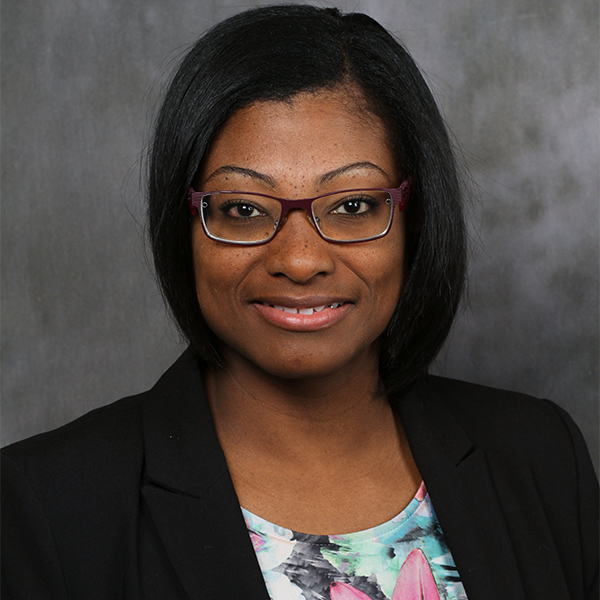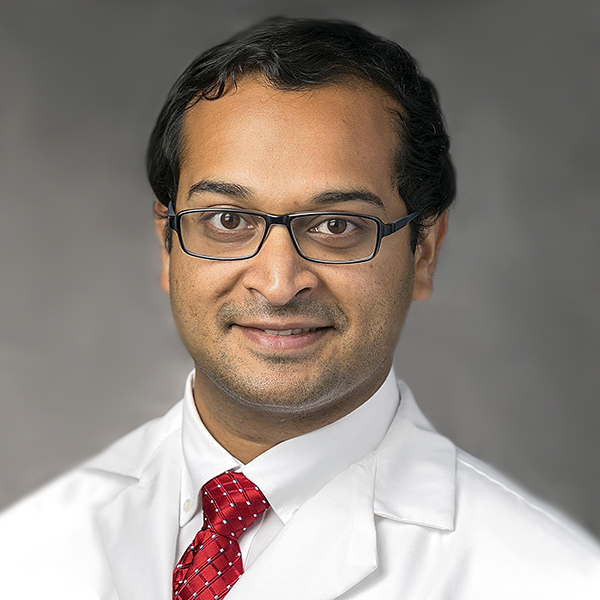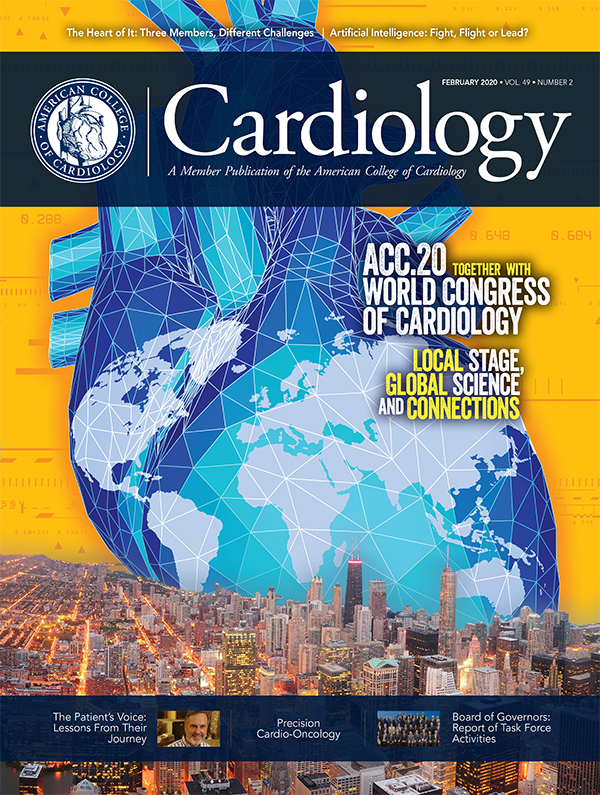From the Member Sections | Innovation in Precision Cardio-Oncology

Many of us can remember that patient with heart failure: the woman with cardiomyopathy we discovered due to anthracycline chemotherapy she underwent about two decades ago.
How can something meant to cure and help her end up hurting her?
This is the predicament we find ourselves in with cardio-oncology. We chose this field to be among those who bring hope, health and healing to many individuals who have had a diagnosis of cancer.
Nearly no patient is immune to some sort of cardiovascular effect from cancer and its associated therapies. The pericardium, myocardium, coronary vessels, valves and conduction system all can be affected.
Patients often must choose the lesser of two evils when they say yes to cancer treatment. We're there to help them also say yes to potential cardioprotective measures. Pharmacologics, lifestyle modification and selective methods of delivery of cancer therapies all can make a difference.
As cardio-oncologists, we walk alongside our patients in their incredible journey of cancer survivorship. We want them to have healthier hearts. We reach into our toolboxes to rummage around and creatively put tools together to come up with new solutions.
In short, we innovate.
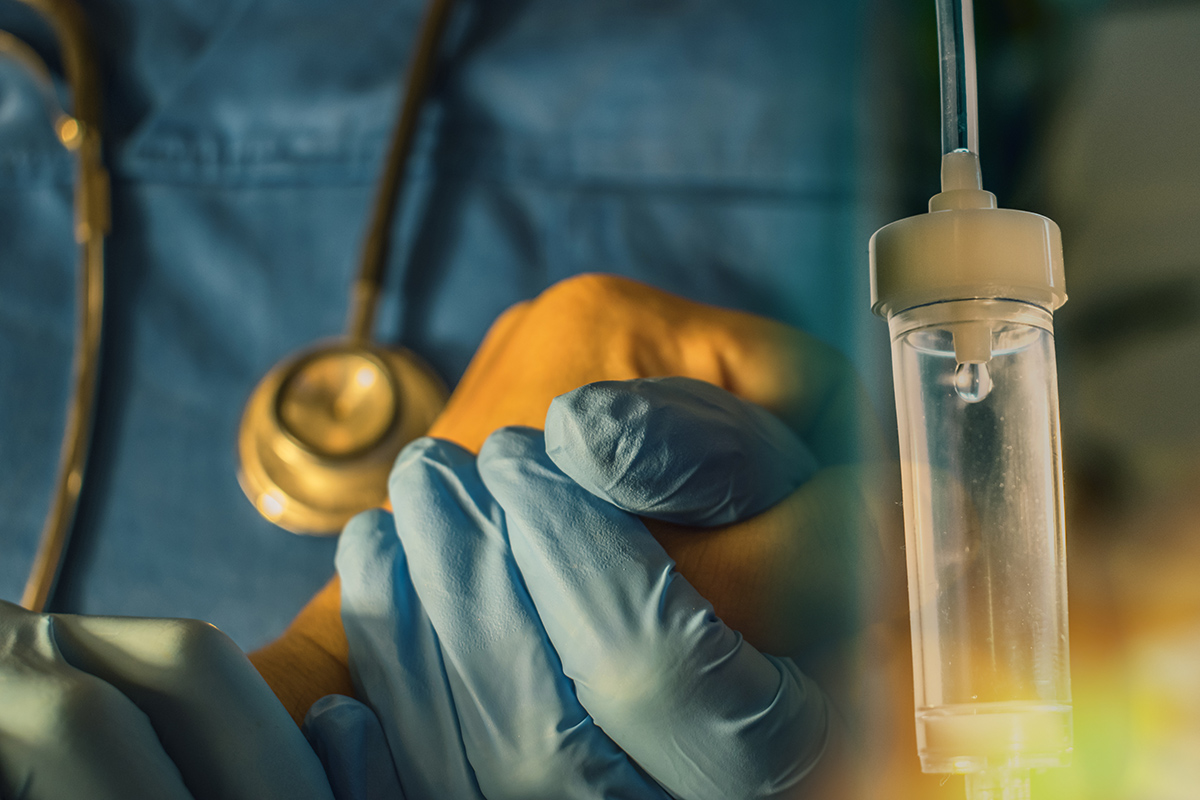
Cardio-oncology is about innovation and is a field in its prime. Boldly bringing two fields together to learn from each other and build something new. As our colleagues in oncology develop new drugs at a rapid pace, we develop new understandings of the consequent cardiovascular toxicities rapidly and aspire to prevent and optimally treat them.
Several studies in cardio-oncology have found signals suggesting clinical utility of ACE inhibitors or angiotensin-receptor blockers, as well as beta-blockers and statins (and dexrazoxane) for preventing and treating cardiovascular toxicities. These are tools we take from our cardiology toolbox to repurpose to achieve something new.
We can take things a step further and develop new technologies and new ways of using current technology. New technologies such as genomics, transcriptomics, proteomics, microRNAomics, epigenomics, phenomics, populomics, environmentomics, radiomics and so on can help us examine signals from patients' and populations' entire complement of genes, gene expression profiles, proteins, microRNAs, DNA methylation, phenotypic expression, socioeconomic characteristics, zip codes and more.
Precision cardio-oncology, a paradigm in which we're able to reach into the toolbox and select the right combination to provide the right treatment for the right patient at the right time, will soon replace the current "one size fits all" approach for prevention and treatment.
Electrocardiography, echocardiography, computed tomography (CT), magnetic resonance imaging (MRI) and positron emission tomography (PET) are all modes of imaging created through innovation that provide a robust opportunity for more innovation.
What if we could automate more of the function of each tool so each could be even more useful at the point of care in a small package, likely in less experienced hands, and perhaps in remote communities?
Could the operator of the tool be assisted by artificial intelligence (AI), while communicating by digital video with a more experienced specialist or consultant in another location?
Could such advancement in technology help bring more advanced care to patients in rural areas in the U.S. and throughout the world?

AI, using algorithms trained on existing data to determine underlying trends and associations to predict behaviors in new situations or for new patients, is disruptive, groundbreaking and novel technology.
Various types of AI, such as natural language processing and machine learning (including deep learning) can be used to extract data from electronic health records and classify patients into clusters, providing the ability for us to make better predictions for our patients in cardio-oncology.
Innovations in AI-driven radiomics can use algorithms to identify intricacies at a microscopic level on the electrocardiogram, echocardiogram, and CT, MRI and PET scan. Algorithms can evaluate these images to help us determine who is most at risk for cardiovascular toxicity, so we can work even more aggressively to prevent cardiovascular disease in these patients.
Yet we must note that tremendous care must be put into algorithm development, validation and adjudication to ensure we do the best for our patients and improve disparities in how we care for them.
To paraphrase the great Sir William Osler: The good physician treats the disease; the great physician uses innovation to prevent and treat the disease.
Advancing Cardiovascular Care of Oncology Patients
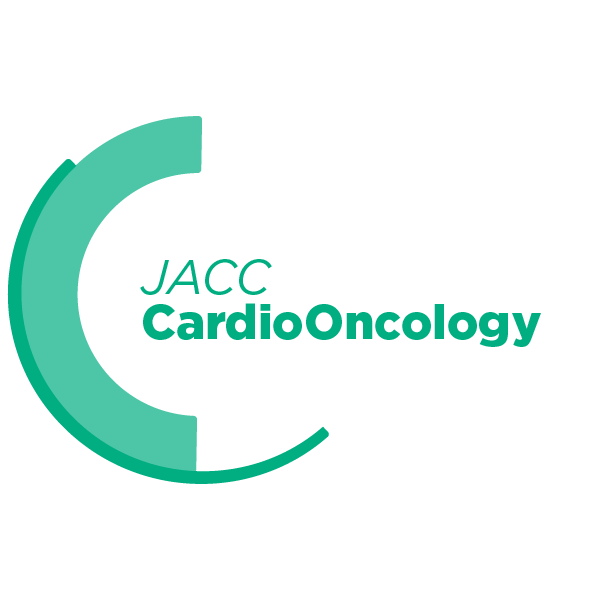
An estimated 14.5 million cancer patients and survivors have significant cardiovascular risk factors.
Not to mention, cardiovascular disease is the second leading cause of morbidity and mortality in cancer survivors. Faced with these facts, the ACC has joined forces over the last four years with respected experts in the growing field of cardio-oncology to host its Advancing the Cardiovascular Care of the Oncology Patient live course.
The goal: to provide cardiologists, oncologists and the entire multi-professional care team with tools and education necessary to stay on top of the latest science and best practices and ensure patients receive the most informed care possible.
 Ana Barac, MD, PhD, FACC
Ana Barac, MD, PhD, FACC
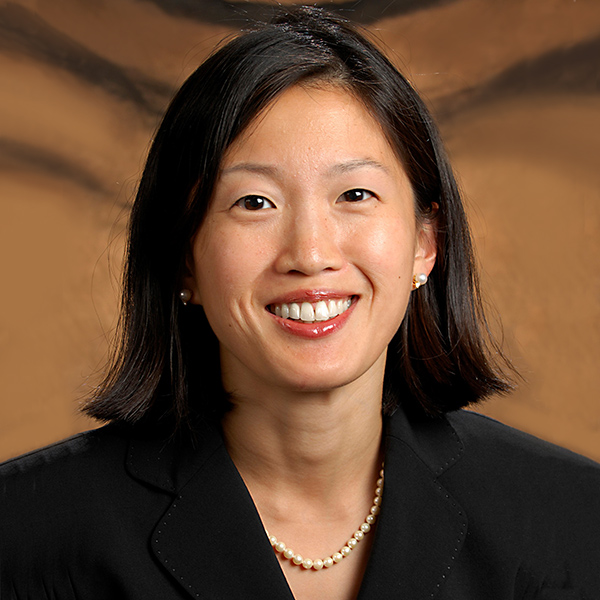 Bonnie Ky, MD, MSCE, FACC
Bonnie Ky, MD, MSCE, FACC
Chaired by Ana Barac, MD, PhD, FACC, of Medstar Washington Hospital Center, and Bonnie Ky, MD, MSCE, FACC, of the University of Pennsylvania School of Medicine and editor-in-chief of JACC: CardioOncology, this year's sold-out meeting was held Feb. 14-16 in Washington, DC.
More than 300 participants engaged with interactive case discussions on a wide range of topics addressing "Practical Approaches to CV Risk Assessment and Management Across the Cancer Treatment Continuum;" "Team Approaches to Diagnosis and Treatment of Thrombosis, Hypertension and Late Radiation Effects;" and "Cardio-Oncology Care for the Entire Community of Patients and Providers."
Look for more coverage from the meeting on ACC.org. JACC: CardioOncology also provides a means to stay on top of the latest research, expert commentary and more beyond the live course.
Clinical Topics: Arrhythmias and Clinical EP, Cardio-Oncology, Cardiovascular Care Team, Dyslipidemia, Heart Failure and Cardiomyopathies, Noninvasive Imaging, Prevention, Genetic Arrhythmic Conditions, Nonstatins, Novel Agents, Statins, Acute Heart Failure, Computed Tomography, Echocardiography/Ultrasound, Magnetic Resonance Imaging, Nuclear Imaging, Hypertension
Keywords: ACC Publications, Cardiology Magazine, Dexrazoxane, Cardiovascular Diseases, Angiotensin Receptor Antagonists, Hydroxymethylglutaryl-CoA Reductase Inhibitors, Angiotensin-Converting Enzyme Inhibitors, Natural Language Processing, Transcriptome, Electronic Health Records, Coronary Vessels, Epigenomics, Proteomics, Point-of-Care Systems, MicroRNAs, Consultants, DNA Methylation, Risk Factors, Electrocardiography, Echocardiography, Tomography, X-Ray Computed, Positron-Emission Tomography, Anthracyclines, Risk Assessment, Magnetic Resonance Imaging, Heart Failure, Neoplasms, Myocardium, Cardiomyopathies, Pericardium, Thrombosis, Hypertension, Life Style, Socioeconomic Factors, Plant Extracts

